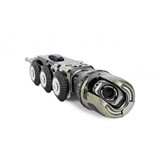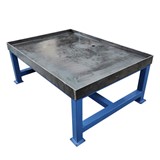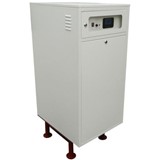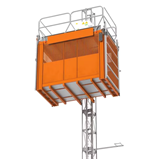But it’s a big "if".
Figures released in November by the Australian Bureau of Agriculture and Resource Economics (ABARE) show total planned capital expenditure (capex) in the Australian mineral and energy sectors reached $133 billion in the six months to October 31.
The sum, which is a record, represents capital allocated from all sources for the development of mineral resource projects nationally. And its significance to the construction sector is underpinned by recent private mining capex data from the Australian Bureau of Statistics (ABS).
The ABS data shows that from the March quarter 2005 to the September quarter 2010, expenditure on buildings and structures increased 361.4% to $8.739 billion.
"These positive flow-on effects of increased mining activity, including mining capital expenditure, also impact businesses not directly involved in the mining commodities production process," the ABS said.
"This includes construction and engineering businesses who are recipients of buildings and structures investment by mining companies and businesses providing mining support services."
Mining, it appears, is soaking up much of the excess construction capacity, artificially sustained since the GFC by taxpayer-funded stimulus. But with stimulus being wound back, can mining support what the taxpayer has been propping up?
Steve Gatt, head of construction at professional services firm KPMG, said the main effect of government stimulus had been to maintain jobs in the sector.
"It isn’t true that the stimulus brought ‘rivers of gold’ to the construction sector in Australia," Gatt said.
"It didn’t. But it did achieve its objective, which was to keep people employed". Gatt was commenting following the release of KPMG’s 2010 Global Construction Survey earlier this month.
The survey found that while the Australian construction sector had weathered the GFC better than most of its foreign counterparts, funding for speculative projects was becoming increasingly difficult to obtain and margins were being squeezed.
And many in the industry believe mining will come to construction’s rescue.
According to the latest Australian Industry Group/Australian Constructors Association Construction Outlook survey, the total value of construction work will rise 5.9% (current dollars) during the 2010/11 financial year and then 7.9% in 2011/12. This is up from a 1.5% growth in 2009/10. And much of it will be due to investment in mineral resources.
"The survey confirms that Australia’s non-residential construction industry is poised for a period of stronger growth, driven by significant planned infrastructure work and a solid pipeline of mining and heavy industrial construction projects," Australian Constructors Association (ACA) President, Wal King AO said.
The key phrase here is "non-residential". For those in the business of building new homes and apartments the latest Australian Industry Group/Housing Industry Association (HIA) Australian Performance of Construction Index numbers point to a far less optimistic outlook.
"Reflecting a combination of dampened demand and perennial supply side obstacles HIA is currently forecasting a nine per cent decline in new home starts next calendar year," HIA chief economist Harley Dale said.
"We recognise, however, the fast growing risk that the renewed downturn in new home building is sharper than that," Dale concluded.
Clearly there’s a strong case for recognizing Australia’s mining sector as the Atlas supporting a bloated construction sector. We better hope its broad shoulders can sustain the load.

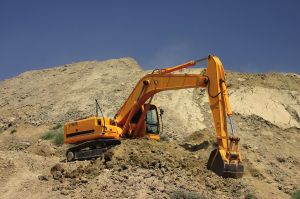
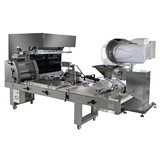



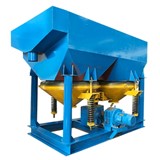




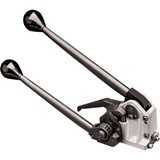

-160x160-state_article-rel-cat.png)


